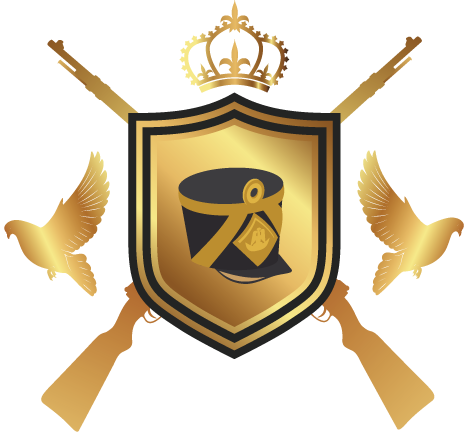Historical background
Since ancient times, military headgear has played an extremely important role – from its representative to its protective function. Wearing fancy headgear signified high status in society. This was also the case with military helmets, which, due to their often unique character, emphasized social rank and position in the army and often had a psychological effect.
For centuries headgear has distinguished people serving in military formations, while the uniform inspired respect and trust. The headgear turns out to be the most important element of the uniform as it combines all symbolic and practical functions. Therefore, it was often the only distinctive element of the uniform. Over the centuries, the functional and conventional features of caps and helmets began to intertwine and evolve into the designs we know today.

Helmets, already in ancient times, became the most important element of protective armament. This lasted until the invention of firearms, when they lost their basic functions. They were replaced by comfortable and practical military hats and caps. The idea of the helmet returned with the actions on the fronts of the First World War. Since then, both hard and soft military headgear have existed in parallel, fulfilling both protective and representative functions.

